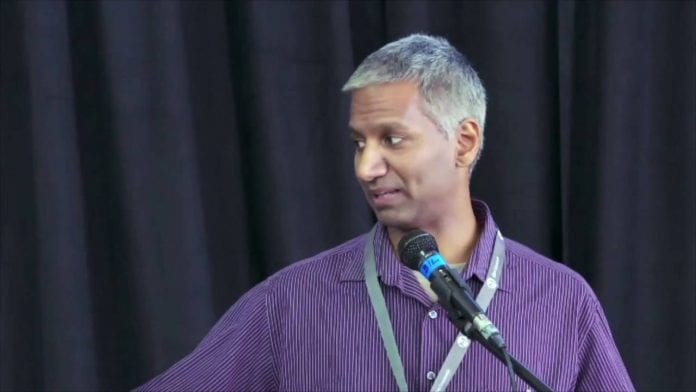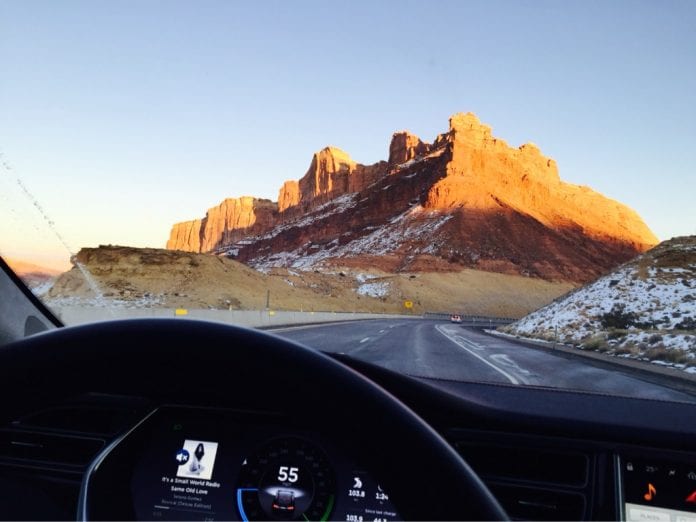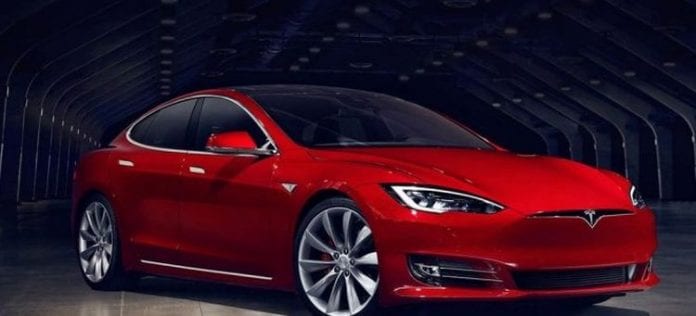In July last year, Tesloop started using one Tesla Model S in order to transfer passengers between LA and Las Vegas in electric Tesla cars. Now, this vehicle has reached 200k miles on its odometer. Since this is an EVr, this is a rare situation. There are not so many electric cars that have traveled this far.
Rahul Sonnad from Tesloop explained the whole thing a bit better. He emphasized that these were almost all highway miles and that the vehicle was most of the time in Auto Pilot mode. There is no big difference between city and highway miles for electric cars, at least according to Tesla.

However, Sonnad mentioned certain inconveniences. “We did have a few things go wrong,” Sonnad said. When the car had around 30k miles on the odometer, the car was relaying messages to Tesla headquarters that the motor was operating at low power. “Tesla called us up and told us that, we didn’t notice any problems. It was super-fast.” But Tesla had the company bring the car in, and had the front motor replaced.
Knowing the situation with other electric devices – phones, tablets, etc., and their battery life, it is interesting to read how Tesla behaves now after 200k miles. The Tesloop Model S has degraded only about 6 percent. The thing is that they charge it to 100% every day and the default, recommended level is 90%. Sonnad explained this as well: “For your daily driver, you don’t fully charge unless you’re doing a long trip. We’re doing a long trip every day. We save, like, three minutes in charging in Barstow if we fully charge beforehand. We decided that we’re gonna suck it up, fully charge, and let it degrade. We figured that if it degraded enough, we could take it off a Vegas route and put it on a local Orange County route.”

The next situation that happened to the car after it reached 200k miles. Actually, the range estimator started to make mistakes. Even though the vehicle did not lose any range, the estimator would say it could go for ten miles more – and then power down. After the people from Tesla have finished the analysis of the issue, they concluded that there was a battery chemistry state that is well-known for high-mileage cars. Thus, the car’s software is not compensating for that change the proper way. They promised a software update in three months’ time that should resolve the miscalculation. Not only that, Tesla replaced the battery in order to solve the problem immediately. “We got our 6% range back with the new battery. But had the firmware been updated, we’d be fine and plugging along”, Sonnad explained.
The car has an unlimited 8-year warranty, which makes Tesloop spare money on the maintenance costs. Tesloop paid to replace the vehicle’s 12-volt battery for $190 and they buy sets of 40,000-mile Goodyear tires regularly. Last year these costs were $2,500. These were the only expenses Tesloop had so far. “We haven’t even replaced the brakes”. Speaking of warranty, Tesloop does not have a special type of it. “It’s nothing special; we’re under the standard warranties and everything,” Sonnad said. “We now have a lot of first-name friends in the service department, and we ask a lot of questions. And the car is in there for various inspections”. One other thing that Sonnad pointed out is the needed time for the mileage. Tesloop’s car made it in just one year. For ordinary consumers, it takes a lot more time to hit this number. Other people need to drive for a longer period which makes some other things in the car to stop working. As Sonnad gave an example, “I buy old cars personally, 20-year old cars, and things don’t work like they should on those cars”. After all, “There are issues like those that we didn’t encounter in one year, but not any in the drivetrain.” Sonnad concluded.









